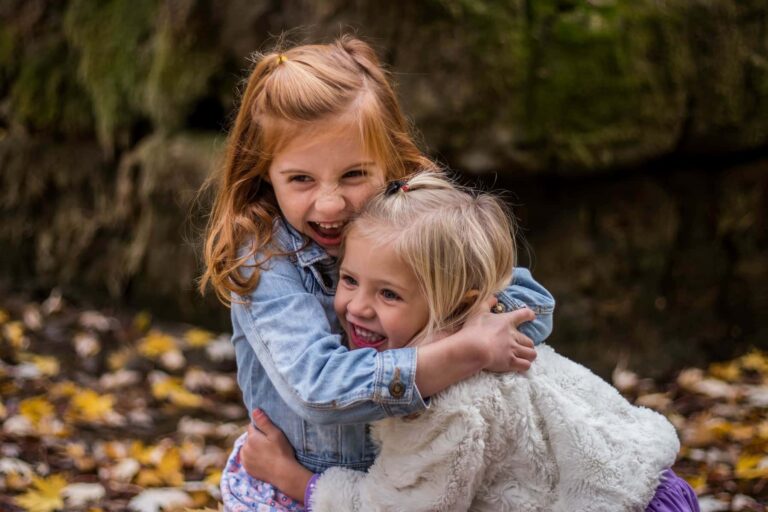Top Christmas Toys to Help Your Child’s Language Development
Top Christmas Toys to Help Your Child’s Language Development We are quickly approaching the busiest shopping season of the year. And parents will spend countless hours searching for the best Christmas toys for their children. Your mission, should you choose to accept it, is to identify toys that are safe, fun and support your child’s development….



